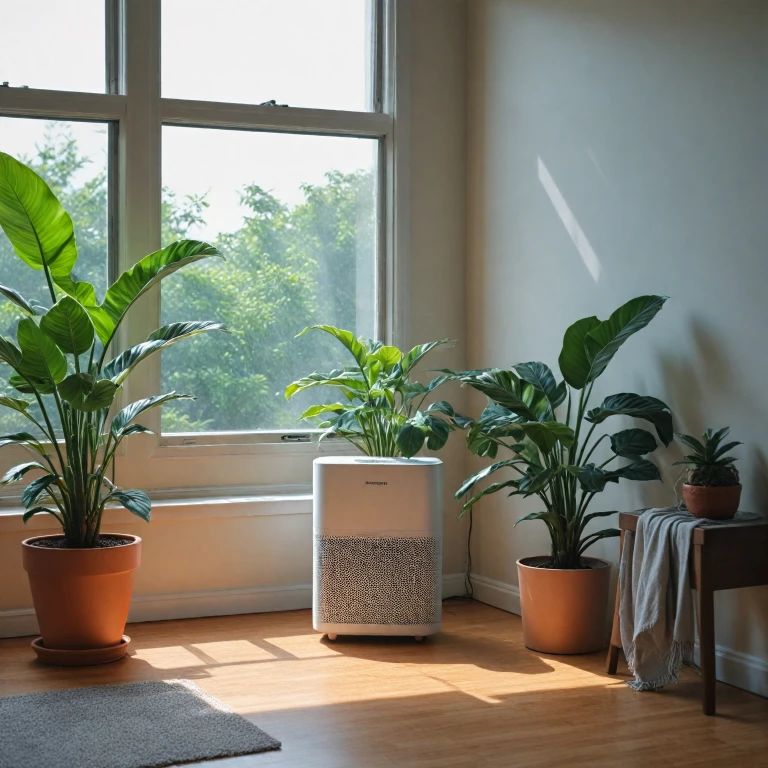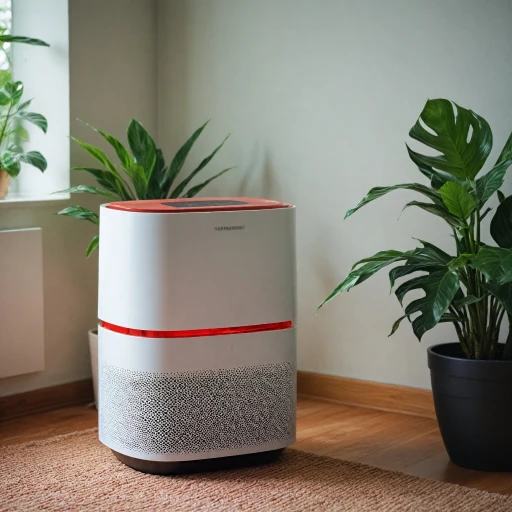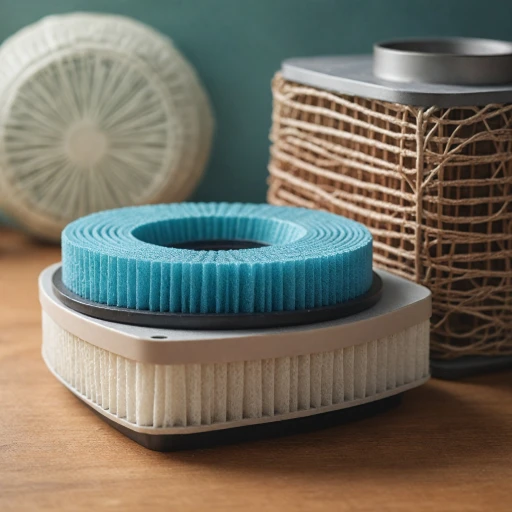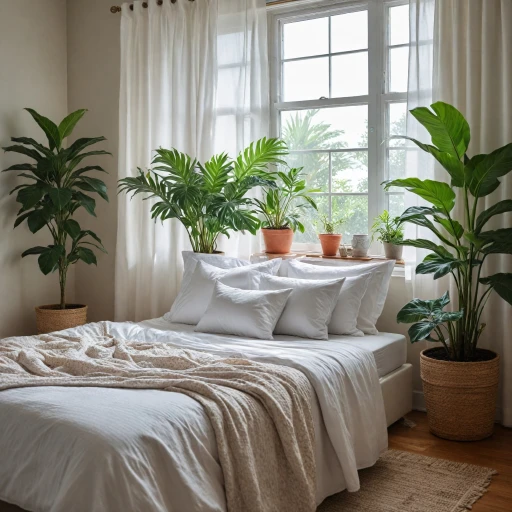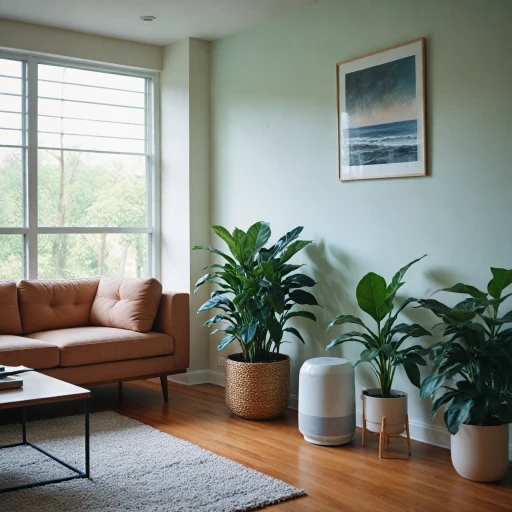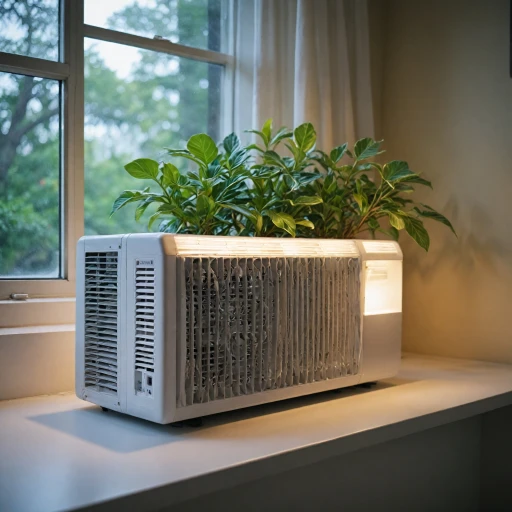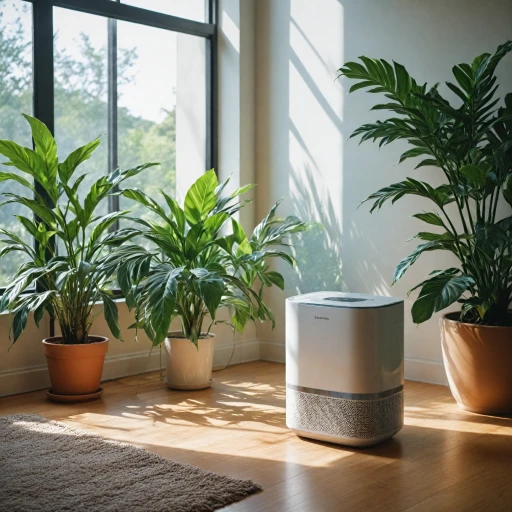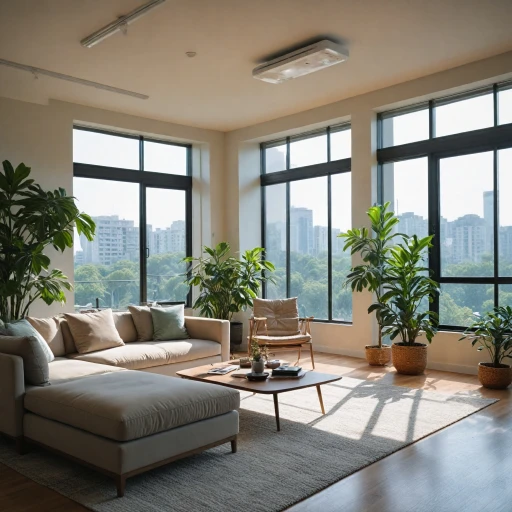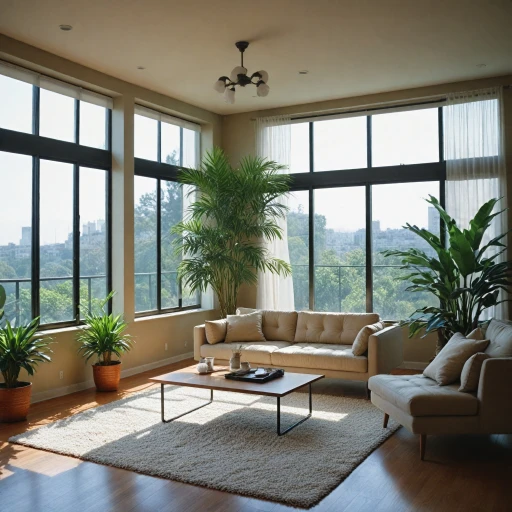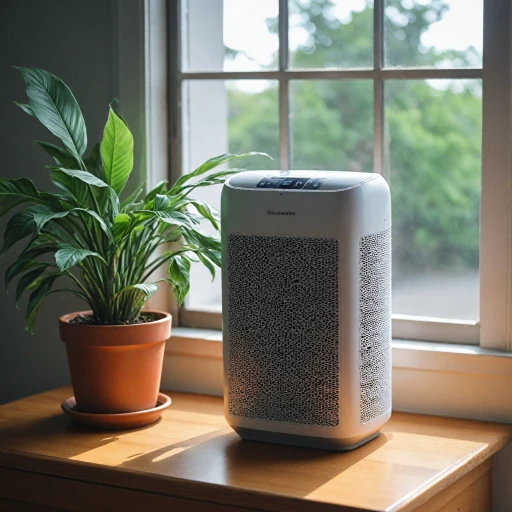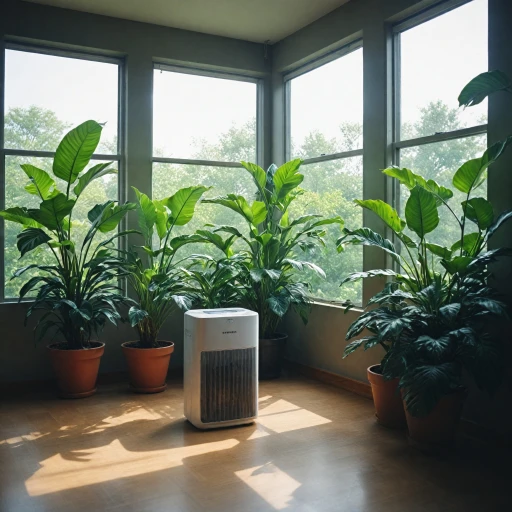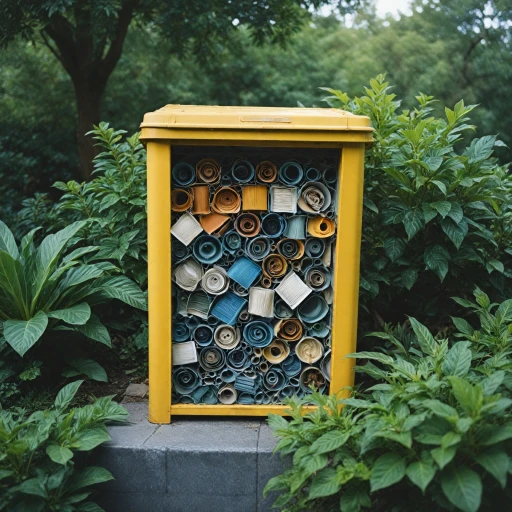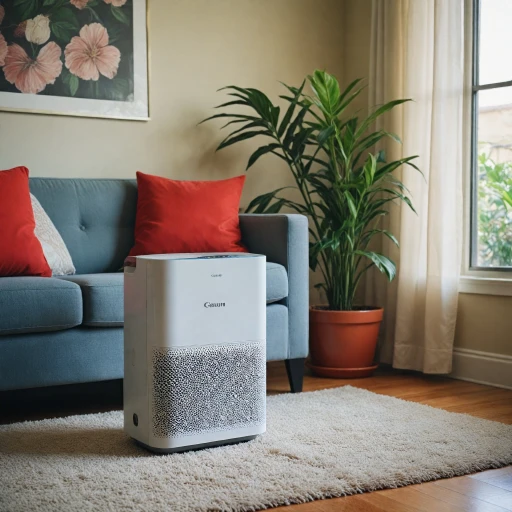
Understanding Air Circulation
The Intricacies of Air Flow
When setting up an air purifier in your room, it's essential to understand the nuances of air circulation. This understanding plays a critical role in optimizing your device's ability to filter pollutants and improve indoor air quality. Let's delve into why air circulation is so significant in deciding whether you should position your air purifier high or low in a room.
Air movement is driven by several factors, including temperature differences and the operation of various household fans or HVAC systems. Warm air naturally rises, while cooler air tends to sink, influencing how airborne particles like dust, smoke, and other pollutants travel. A careful evaluation of these patterns can help you determine the best placement for your air purifier to achieve clean air efficiently.
Positioning your purifier correctly can also affect its energy consumption and efficiency. A model like the Coway Airmega or the Blue Pure should be strategically placed to ensure that it captures pollutants effectively without expending unnecessary energy. Understanding the air flow will guide you in choosing whether placing your unit at a high spot or a low spot will best serve your room's needs.
Check out this detailed guide on air purifier placement for more insights into optimizing air circulation in your space.
The Science Behind Air Purifier Placement
Decoding Ideal Airflow for Monster Pollutant Capture
Understanding the dynamics of airflow in your room can significantly influence how well an air purifier works. Various components ensure optimal air purification, from high-efficiency particulate air (HEPA) filters to strategically placed portable air purifiers. When considering where to place your air purifier, remember that air naturally flows from high to low-pressure areas. This movement is crucial for the effective distribution of clean air, targeting pollutants and enhancing air quality. Placement affects how air interacts with particles, allergens, and contaminants in your living spaces. For instance, a higher placement might facilitate better air circulation in some rooms by allowing the purifier's fan to draw in polluted air more effectively. However, aligning this strategy with your room's specific airflow patterns is vital. Ensure consistency by evaluating how the space's architecture might impede air movement. Keep these points in mind:- Filter Types: The efficiency of HEPA filters and activated carbon filters varies based on placement. Both play pivotal roles in tackling impurities - HEPA for particles and carbon for odors and smoke, but only when optimally placed.
- Room Size and Layout: The purifier's location should adapt to the room size and structure to maximize air-cleaning potential. Larger rooms might benefit from multiple purifiers distributed at various heights.
- Energy Considerations: Recognize that some compact or portable air purifiers might consume more energy if placed ineffectively.
Pros and Cons of High Placement
Evaluating Elevated Positions for Air Purifiers
Positioning your air purifier at a height might not be the obvious choice; however, there are valid reasons to do so. Let’s delve into the advantages as well as some potential challenges of having your air cleaner placed higher in the room.- Better Air Circulation: Higher placement can aid in dispersing purified air more effectively throughout the entire room. Considering that warm air rises, a unit placed high may blend cooler, cleaner air with the warm air, enhancing overall air movement.
- Effective Use in Large Spaces: When it comes to larger living rooms or spaces, placing the purifier on a shelf or similar high position can make better use of the fan and filters, ensuring the pollutants and smoke are captured from elevated levels.
- Safety and Aesthetic Considerations: Elevating the purifier might also prevent portable units from being a tripping hazard. Plus, it leaves the floor space uncluttered, which can be visually appealing.
- Accessibility Issues: High placement might make it difficult to access the purifier for regular maintenance, such as cleaning or replacing the HEPA filters and activated carbon.
- Energy Efficiency: Depending on room size and design (like ceilings that are too high), the fan might need to work harder to filter the room’s air, potentially impacting energy efficiency and increasing costs.
- Noise Concerns: In close quarters, the operating noise from a high-placed unit might be more noticeable, which could detract from indoor comfort. If interested, understanding more about noises from your Levoit air purifier can offer further insights.
Pros and Cons of Low Placement
Considering Ground-Level Placement for Purifiers
When deliberating on the optimal placement for your air purifier, putting it on a low surface has its own set of advantages and drawbacks. Let’s delve into these considerations to help you decide the best placement for your air purifier. Air purifiers, such as the Coway Airmega or the Blue Pure models, are often equipped with efficient HEPA filters that capture a wide range of pollutants, including dust particles, smoke, and other indoor air contaminants. Placing them low can be beneficial in certain scenarios:- Proximity to Floor Pollutants: Many pollutants, like dust and pet dander, tend to settle near the floor. Positioning your purifier at a lower level can allow it to effectively pull in these particles, improving air quality.
- Noise and Accessibility: For portable air purifiers, ground placement typically means that the fan may operate quieter than when positioned higher up. This can be crucial in rooms where you spend extended periods, such as a living room or a bedroom. Low placement also ensures easy access for cleaning and replacing filters.
- Limited Airflow Distribution: While pollutants on the ground are addressed, purifiers might circulate air less efficiently throughout the entire room. This may result in uneven air cleaning, especially in large or multi-leveled spaces.
- Potential obstructions: Depending on your room size and furniture layout, low mounted purifiers can be obstructed by household items, reducing their effectiveness.
Room-Specific Considerations
Tailoring Air Purifier Placement to Specific Rooms
To optimize air quality in various rooms, it's crucial to understand that different spaces might require unique placement strategies for air purifiers. Air circulation, volume, and usage of the room all play a role in determining the best spot for your device. Here are some room-specific considerations:
- Living Room: Given their central role and high foot traffic, living rooms can accumulate a significant amount of indoor air pollutants. It's advisable to place the air purifier where it can cover the maximum space. The Coway Airmega or the Blue Pure purifiers can be beneficial due to their high capacity and efficient filters.
- Bedrooms: Since bedrooms are where you rest, maintaining clean air is essential for sleep quality. Positioning the portable air purifier closer to the bed may ensure that the air around the area where you sleep is fresh and clean, capturing smoke, dust, and other particles effectively.
- Kitchens: In areas like kitchens, where smoke and various odors are common, positioning an air purifier with an activated carbon filter can make a significant difference. Choose a spot where the purifier can combat these pollutants effectively while not interfering with daily activities.
- Home Office: For rooms where concentration is key, having an air cleaner nearby can help ensure that the air remains free from any distracting pollutants, improving productivity and focus.
Ultimately, the best air purifier placement should take into account not only room size but also the type and frequency of pollutants present in these spaces. By strategically placing your air purifiers, you can enhance indoor air quality significantly, ensuring a healthier environment for all occupants.
Practical Tips for Optimal Placement
Guidelines for Positioning Your Air Purifier
To maximize the efficiency of your air purifier, it's crucial to consider its placement carefully. This involves not only understanding air circulation and the specific features of your device, such as HEPA filters, but also practical considerations of your room's layout and usage.
- Central Location: Aim to position your air purifier in a central part of the room. This allows the device's fan to draw in air from all directions, ensuring optimal air cleaning coverage.
- Distance from Walls: Keep your air purifier at least a few inches away from walls or any large furniture pieces. This prevents obstructions that can hinder air intake and result in less effective air quality improvement.
- Avoid Corners: Placing your purifier in a corner might seem convenient, but it can limit airflow and reduce the device's ability to capture indoor air pollutants effectively.
- Consider Room Activity: In high-traffic areas like the living room where air pollution from smoke or other particles might be more prevalent, a portable air purifier should be easy to move and adjust according to where it’s needed the most.
- Adjust for Room Size: Match your air purifier to your room size for best air cleaning performance. Small room purifiers may use less energy but are unsuitable for larger spaces, whereas larger units, like a Coway Airmega, can handle extensive areas more efficiently.
- Account for Air Flow: Align the purifier with the natural air flow in the room, usually near the entrance or an air vent, to ensure that it can capture as many airborne particles as possible. Understanding this dynamic can help maximize clean air distribution.
By attending to these practical tips, you'll be taking an important step in optimizing the air quality in your room, ensuring that your air purifier operates at its best. Remember, factors like the type of filter (activated carbon, HEPA) and specific room characteristics will also influence how effectively clean air is maintained.
